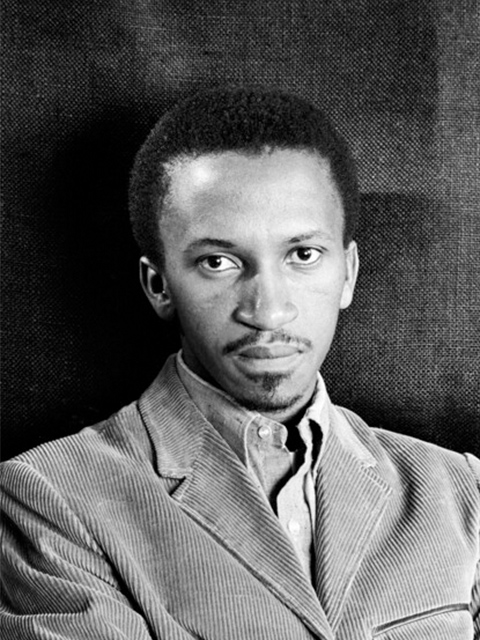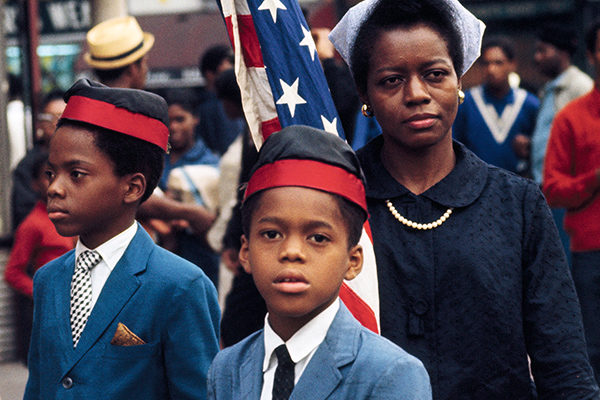Our new exhibition is the first dedicated display of Ernest Cole’s photographs documenting New York City during the height of the civil rights movement in America. Focusing on the humanity of everyday life in Harlem and Manhattan, Cole captures the experience of living in a racialised America between 1967 – 1972.
Below we introduce the artist and the exhibition, and provide a timeline mapping out the artist’s life and key events highlighting the context in which he was working in. Ernest Cole: A Lens in Exile is free to visit at Autograph until 12 October 2024.

Cole was born in a black freehold township in South Africa, in 1940, just eight years before apartheid was formally introduced in the country.
Cole is best known for his early work documenting the violence of South African apartheid for Drum magazine and the New York Times among numerous other publications. In 1966, Cole was forced to flee the Republic of South Africa and smuggled much of his work out of the country. He settled in New York and the following year published the works in House of Bondage, which has become one of the most significant photobooks of the twentieth century.
The exhibition at Autograph focuses on the important yet lesser-known work produced by Cole during his time spent in New York after being exiled from South Africa. The images document the areas of Harlem and Manhattan during the height of the civil rights movement, capturing everyday scenes of black existence as well as moments of black awakening and protest, including the forces of Black Pride and Black Power.
Many of the works are in colour – a contrast from his earlier work and reflect Cole’s realisation that the systemic exclusion and segregation he had experienced in South Africa was also prevalent in America. In his own words “it wasn’t any better: there was no freedom”.
A timeline of significant dates from Ernest Cole’s lifetime, with reference to key events in the civil rights movements of South Africa and America.

13 Jun – 12 Oct 2024
The first exhibition of Ernest Cole's photographs documenting New York City during the height of the civil rights movement in America.
Visit Ernest Cole: House of Bondage at The Photographers’ Gallery. The exhibition revisits his ground-breaking project House of Bondage, which revealed the violence and injustice of apartheid to the world and is considered one of the most significant photobooks of the twentieth century. 14 June to 22 September 2024.
Find out moreErnest Cole: A Lens in Exile is realised in collaboration with Magnum Photos and the Ernest Cole Family Trust.
With thanks to Mark and James Sanders.

Banner image: Ernest Cole, Harlem, New York, 1969 [detail]. © Ernest Cole / Magnum Photos.
Images on page: All images © Ernest Cole / Magnum Photos 1) Self-portrait of photographer Ernest Cole, 1967. 2) Ernest Cole, Harlem, New York, c.1970. 3) Ernest Cole, Black Panthers in the Park. Harlem, New York, 1968. 4) Ernest Cole, New York, c.1970. 5) Ernest Cole, Harlem, New York, 1969. 6) Ernest Cole, New York, c.1970 [detail]. 7) Ernest Cole: Doornfontein railway station in rush hour. This picture shows the reality of apartheid without the need for any words. South Africa,1960s.
Autograph is a space to see things differently. Since 1988, we have championed photography that explores issues of race, identity, representation, human rights and social justice, sharing how photographs reflect lived experiences and shape our understanding of ourselves and others.